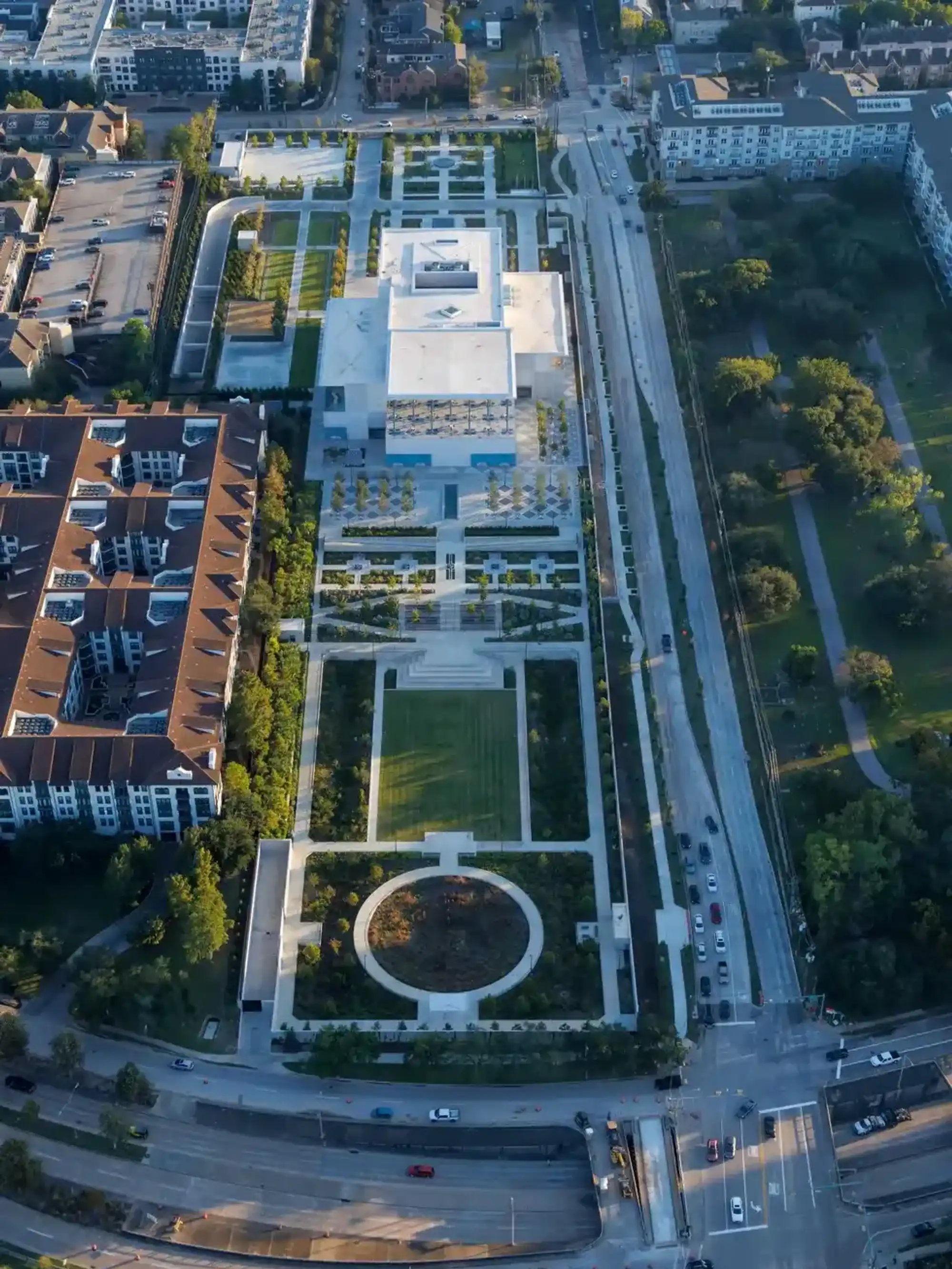University of Houston looks at how to navigate which ongoing research is considered essential
Houston voices
Many researchers have begun to work from home due to the novel COVID-19 pandemic, and only essential personnel are allowed to work on university campuses. For a researcher, what is considered "essential personnel"? Isn't all research essential to the workings of a public research university?
In a word, no.
As much as one would like to believe their respective job is of the utmost importance to human existence, certain mitigating factors can overrule that sensibility – and the definition of the word "essential" – in a moment's time. According to an article in Inside Higher Education, a Ph.D. candidate researching diabetes at the University of Toronto said, "There is no single experiment or laboratory activity that is more important than saving the life of even a single individual in the community."
Your university or institution may not have closed completely, yet it is safe to suspect that you have been asked to complete most of your work remotely. With most counties in the nation declaring a shelter in place order, researchers who have been required to "ramp down" lab activities may be feeling extreme disappointment and even panic.
Allowances and exceptions for federally funded research
The NSF has extended deadlines for some applications and reports. For instance, it has extended the dates of all annual project reports due between March 1 and April 30 by 30 days. In addition, the charge of costs or fees that have been incurred due to COVID-19 can be negotiated, as long as there is proper documentation and the result is not a shortage of funds to eventually carry out the project.
The NIH released NOT-OD-20-086 on March 12, 2020 to alert the research community of certain flexibilities which apply to NIH applicants and recipients. Some of these include pre-award costs, extension of required reporting, prior approval waivers and expenditure of award funds – especially involving travel. There are other exceptions being made, including allowing salaries to be charged against grant monies in some instances.
So, you have to go to campus
If you are a researcher who ensures the continuity of key operations, such as an animal care operations worker, there are several things you can do to keep yourself and your colleagues safe, which will come as no
surprise:
- Very few researchers are allowed on campus. If you are working on campus, keep 6 feet away from your co-workers. There should be a greatly reduced number of researchers in the lab or facility at any given time.
- Wash your hands. Follow all environmental safety and hazardous material rules to a tee.
- Be careful when getting deliveries and regularly clean your workspace.
- Research the many funding opportunities that are available to contribute to the solution of COVID-19 related issues.
Just breathe…it’s going to be okay
If this pandemic has taught us anything, it is that an emergency plan is the best bet for staving off panic and flowing as seamlessly as possible into a remote working situation. As always, safety is goal one and this situation's trajectory is causing safety concerns to escalate. Your research will ramp up again, make no mistake, although for the time being it may have fallen victim to this outbreak. If you stay in close adherence to policies put forth by your institution and you keep your sponsor abreast of your next steps, all will work out in the end.
------
This article originally appeared on the University of Houston's The Big Idea.
Sarah Hill is the communications manager for the UH Division of Research.











 Photo by Iwan Baan
Photo by Iwan Baan